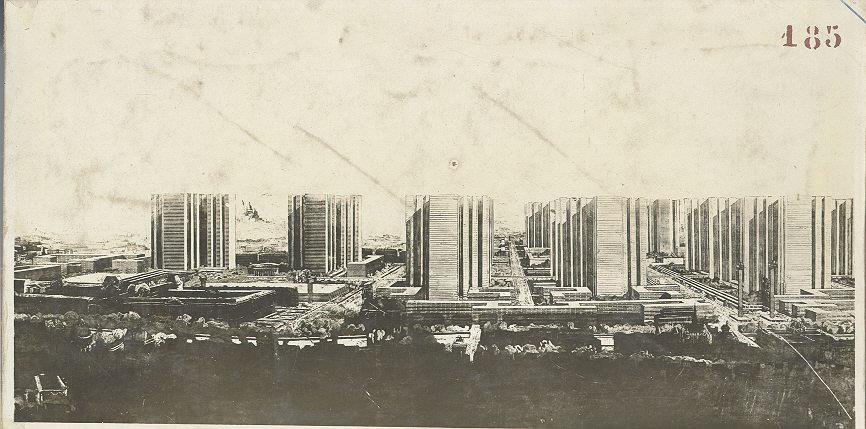Content Warning: Antisemitism
At the end of World War I, Henry Ford was one of the most famous and powerful men in America. Between his company’s explosive growth, his massive popularity in Michigan and beyond, and his close friendship with President Woodrow Wilson, Ford was on top of the world. At this point, as often happens with men of power, he took an interest in public issues.
At the same time, a massive construction project was grinding to a halt in the Tennessee River Valley. The Wilson Dam had started as a wartime necessity, but the fighting was over. The dam stood half-complete and the river unexploited.
Ford saw this as an opportunity to combine several of his ideals. Here he could push his pacifist tendencies, ideas for new urban design, opposition to the gold standard, and distaste for Wall Street (largely based on his offensive anti-Semitic views). All of these threads came to bear on the as-yet-nonexistent town of Muscle Shoals, Alabama. Read more
34.744811
-87.667529









